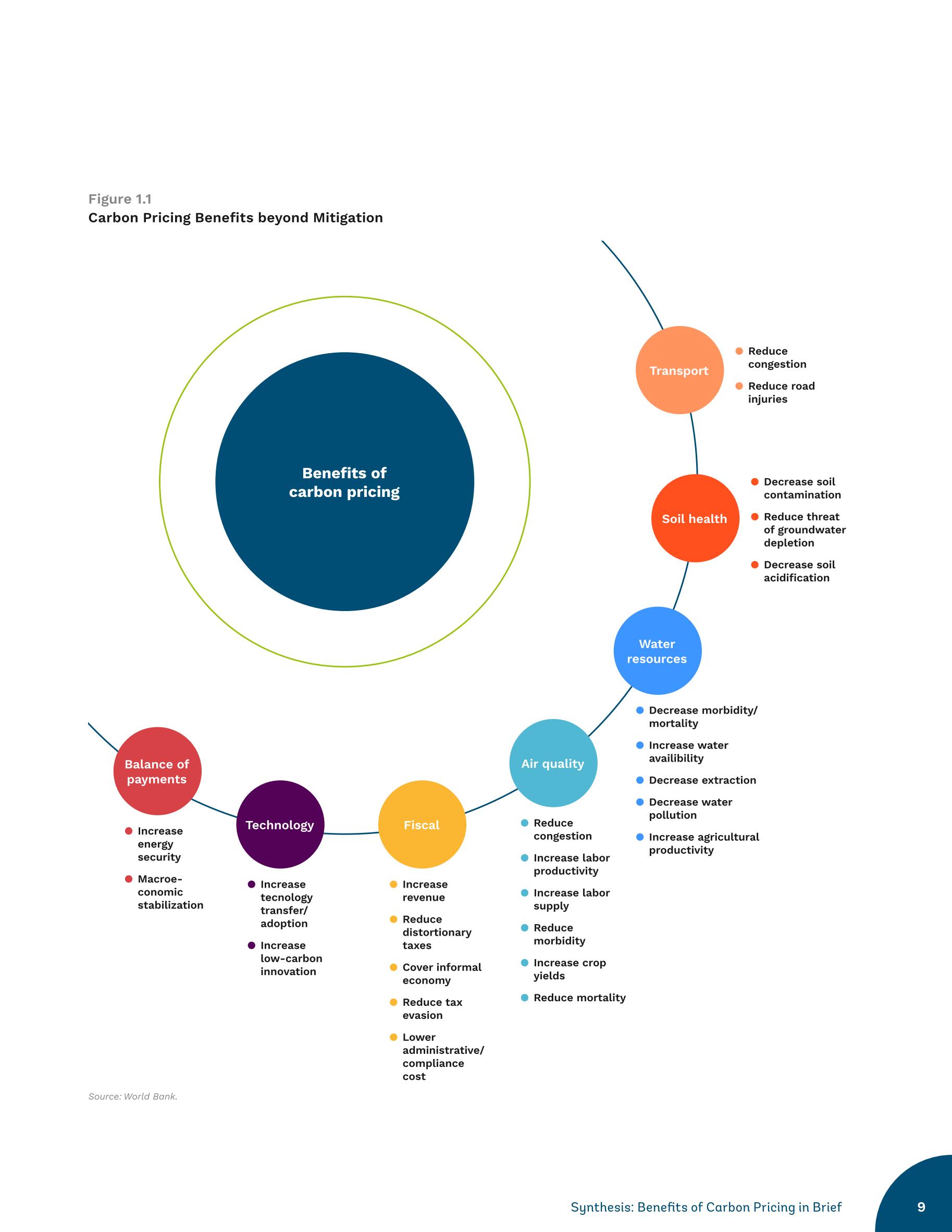Carbon pricing is the main means used by the government to implement climate strategy. With the aggravation of global warming, it is more and more important to restrain people from using fossil fuels such as coal, fuel oil and gasoline and reduce the accumulation of greenhouse gases in the atmosphere. In terms of reducing energy consumption and switching to clean fuels, carbon pricing provides us with a comprehensive incentive mechanism. At the same time, carbon pricing is also an important price signal to lead new investment in the market to clean technology. So what are the types of carbon pricing, what is its significance, and in what form is it actually applied? This article will give a detailed introduction.
Classification of carbon pricing
Carbon pricing is divided into direct carbon pricing and indirect carbon pricing:
Direct carbon pricing is mainly through carbon tax or carbon emission right trading, and uses the price that is proportional to the greenhouse gas emissions generated by a given product or activity to stimulate carbon emission reduction. Carbon credit mechanism is another kind of carbon pricing, but its embodiment is different between carbon emission trading and carbon tax. The carbon credit mechanism is consistent with the emission reduction plan advocated nationally or internationally.
Indirect carbon pricing refers to tools that change the price of products related to carbon emissions in a way that is not proportional to carbon emissions. These tools provide carbon price signals, although they are used for other socio-economic goals, such as increasing income or solving air pollution problems. Indirect carbon pricing includes fuel tax and commodity tax, fuel subsidies related to energy consumption, etc.
The significance of carbon pricing
1.Carbon pricing is easy to implement. Carbon pricing is implemented by taxing carbon content and carbon dioxide emissions of fossil fuels. As an extension of the current fuel tax, it is straightforward and easy to manage.
2.Carbon pricing helps to improve efficiency. The carbon emission pricing mechanism based on market transaction can effectively identify the emissions and production efficiency of different enterprises, and form an effective survival of the fittest through the transfer from price to cost. Products, technologies and enterprises with high carbon emissions will face greater and greater competitive pressure, which will eventually promote the transfer of carbon emission resources to efficiency priority industries, regions and enterprises.
3. Carbon pricing helps with the synergistic effect of economic growth. An important result of pricing carbon emissions is that it can drive the optimization and transformation of the economy and industrial structure from the source. While raising the costs of high carbon industries and high carbon economies, it also greatly reduces the relative costs of green low-carbon circular industries and economies. Taking the power sector as an example, the introduction of carbon pricing mechanism will indeed increase the cost and burden of thermal power, but the relative production cost of renewable energy power can be greatly reduced, attracting more and more investment, and then forming new industrial sectors and economic growth points on this basis. Studies have shown that as long as the carbon pricing level is scientific and reasonable, it is entirely possible to promote better economic growth in structural optimization.

Main forms of carbon pricing
1. Carbon tax. Carbon tax means that the government levies taxes on the carbon emission behavior of enterprises to increase the carbon emission cost of enterprises. In order to improve profits, enterprises have to reduce carbon emissions, making carbon emissions close to the social optimal emissions. Carbon tax can provide certainty for the future carbon emission price, which is of great significance for mobilizing the market to invest in clean technology. The carbon tax revenue can be used to reduce the heavy taxes borne by industrial workers and enterprises, and can also be invested in the development of climate technology.
2. Emission trading system. In such enforcement mechanisms, enterprises must obtain quotas for each ton of greenhouse gas emissions, and the market supply of emission permits is restricted by the government. Enterprises can buy and sell quotas, thus realizing the pricing of carbon emissions.
Development status of carbon pricing
Carbon pricing is developing rapidly. At present, more than 60 carbon tax and emission trading schemes have been implemented in various regions, countries and localities. China and Germany have also introduced major pricing incentive mechanisms. The EU's emission right price has risen to more than 50 euros per ton, while Canada has announced to raise the carbon emission price to 170 Canadian dollars per ton by 2030. However, the global carbon emissions covered by the carbon pricing scheme are still only about one fifth of the total.
If no agreement can be reached on the international carbon price floor or similar arrangements, countries are likely to go their own ways and impose tariffs on carbon intensive imported goods, namely the so-called "border carbon adjustment" measures. At present, the EU has announced a similar plan in July 2021, and other countries are also following up to consider implementing this approach. However, from the perspective of expanding the global emission reduction strategy, this mechanism is far less effective than the international carbon price floor. Because the border carbon adjustment measures only aim at the carbon emission pricing of trade goods, and do not aim at the carbon emission pricing of a large number of non-trade industries.

*Picture from the World Bank - Quantifying the development benefits of carbon pricing
Reference:
World Bank 2022 flagship report: Current situation and future trend of carbon pricing mechanism; China Energy Storage Network.
Five things you need to know about carbon pricing; IAN PARRYF; Finance & Development.

